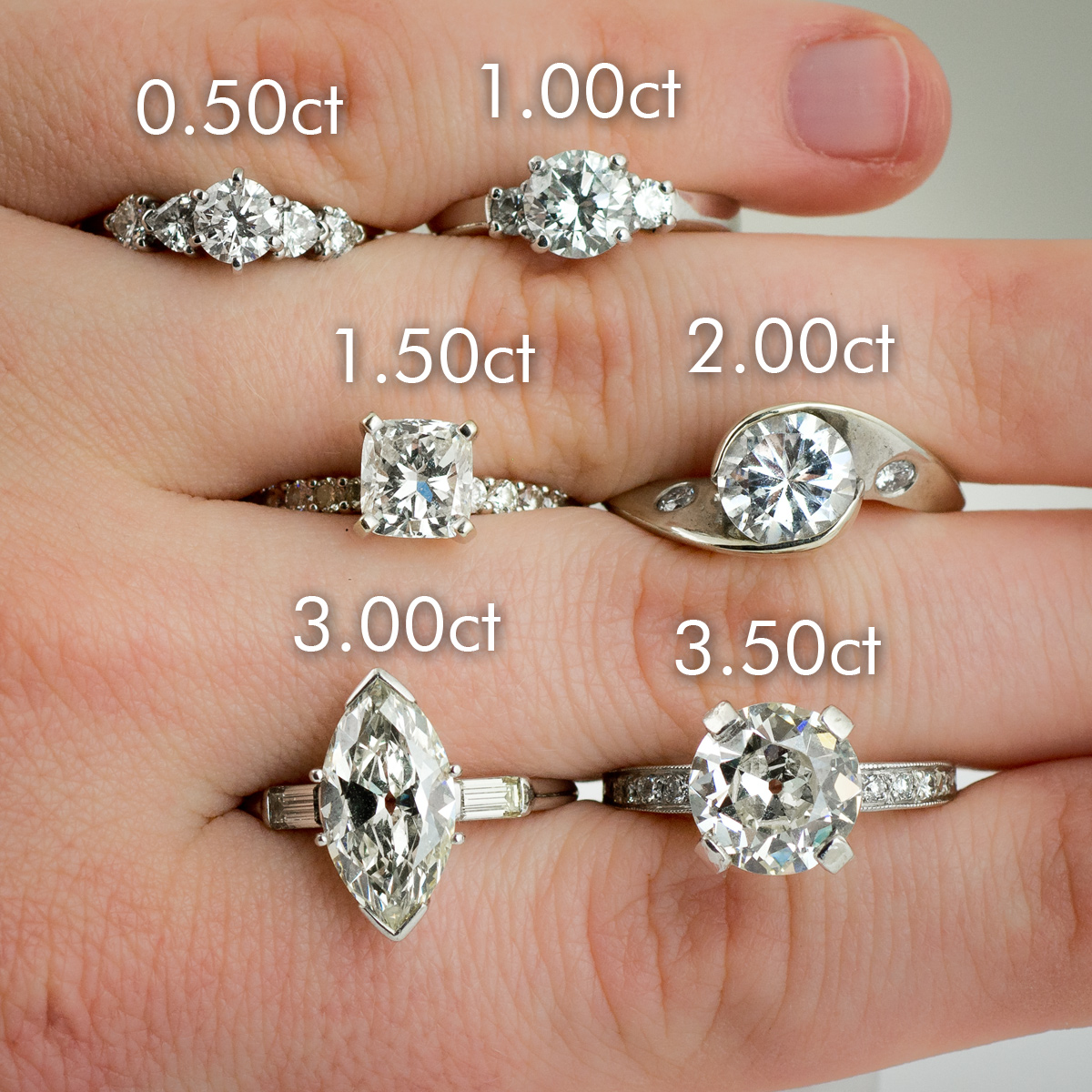

Diamonds cut too deep often suffer from brightness reduction, and these diamonds are very common in the marketplace. It weighs 1.00 carat and measures 6.24-6.26 x 4.06 mm, making its spread 6.25 mm. The right example is like the meatball in the first illustration.It weighs 1.00 carat and measures 6.44-6.46 x 3.80 mm, making its spread 6.45 mm. Diamonds cut too shallow may suffer from brightness reduction in close viewing. The average of the first two numbers (length and width) is its spread, which is 6.65 mm. It weighs 1.00 carat but measures 6.64-6.66 x 3.80 millimeters. The shallow example is like the pancake in the first illustration.A diamond’s grading report will include its external measurements in millimeters, from which you can determine its spread, side to side. This is why it’s important to correlate diamond carat weight with side-to-side spread in millimeters, to ensure a diamond “faces-up” the correct size for its weight. Same Weight But Different Physical Spread But they look different on the tray, because the meatballs have a deep vertical geometry while the pancake is distributed horizontally. Imagine a 1-pound meatball and a 1-pound pancake. Why? Because we usually view diamonds from only one direction – looking down from above. A carat can also be divided into 100 points, so jewelers call a 1/4 carat diamond a 25-point diamond, a 1/2 carat diamond a 50-pointer, and so on. Putting that in perspective, a small paperclip weighs about 600 milligrams, so a paper clip on your finger weighs about the same as a three carat diamond.

Ask our PriceScope members and industry experts for a second opinion or get lost in the thousands of user-shared diamond and jewelry images for inspiration.


 0 kommentar(er)
0 kommentar(er)
